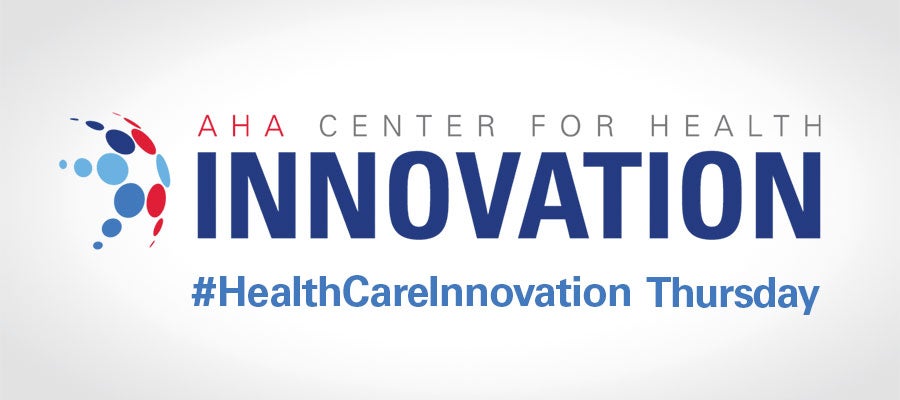To Advance Health Equity, You Must Invest in Communities


Place-based investment, otherwise known as community investment, helps create the social and physical environments that support community health over the long term. We have already seen this “anchor mission” strategy used by hospitals and health systems to address housing insecurity and other social determinants of health.
As communities recover from the COVID-19 pandemic, community investment will be an innovative yet useful strategy for reimagining and rebuilding a more equitable society at a scale that grants alone cannot achieve.
A Tool for Demystifying Place-based Investment
A new resource, “Investing in Community Health: A Toolkit for Hospitals,” aims to demystify place-based investment for the health care field. The Center for Community Investment (CCI) produced the toolkit in partnership with the Catholic Health Association of the United States, and supported by Vizient, building on the organizations’ collective expertise in community investment and community benefit.
Using this toolkit, hospitals and health systems can develop a community investment strategy to improve health and address health inequities in the communities they serve. The toolkit:
- defines community investment;
- explains how health care organizations can integrate community investment into their community health improvement strategies; and
- explores how health care organizations can create a community investment strategy, with examples.
Community investment refers to financing intended to improve social, economic and environmental conditions in disinvested communities, while producing some economic return for investors. The toolkit explains the array of assets — such as land, financial resources, relationships and expertise — that health care organizations can harness to support community investment.
Steps for Creating an Investment Strategy for Community Health
By focusing on six steps, health care organizations can develop an investment strategy for community health.
- Lay the groundwork. First, assess your organization’s understanding of social determinants and educate your hospital community about them. Convene a cross-department team to support the work. It’s important to engage the board and senior leaders too.
- Choose your focus. Identify the priority health needs in your community, their root causes and the people most affected. Use that information to determine your health care organization’s investment priority.
- Find partners. Reach out to community members and the community investment stakeholders to find out what they are doing to address community health needs and how your health care organization can get involved.
- Identify investable opportunities. Working with your cross-department team, determine organizational investment priorities, including what resources are available to allocate for investment. Working with community members and community investment partners, figure out which deals and projects in your communities could make best use of your investment.
- Create a strategy. Set a general goal with specific targets for impact, develop criteria for prioritizing investment opportunities and making decisions about which to pursue, identify partners, select your initial investments and take action.
- Enhance the local community investment system. Assess the policies and regulations, available funding, skills and capacities of local stakeholders, and organizational relationships that support community investment in your communities. In addition, look for opportunities to improve the system through advocacy and policy changes, by engaging stakeholders who may have been overlooked, and by finding new roles for your health care organization.
The AHA is working to highlight community investment and share case studies and more resources like this toolkit, in part with funding from the Robert Wood Johnson Foundation. RWJF also funds Accelerating Investments for Healthy Communities, a CCI initiative that helped generate the toolkit.
Elizabeth Kenefick is program manager of population health, and Nancy A. Myers is vice president, leadership and system innovation, both at the AHA Center for Health Innovation. Robin Hacke is co-founder and executive director of the Center for Community Investment.
Learn more about investing in community health at the Accelerating Health Equity virtual conference
On March 17, at the Accelerating Health Equity conference, learn how hospitals are investing in community health. At the conference, led jointly by AHA Community Health Improvement (ACHI) and the Institute for Diversity and Health Equity (IFDHE), Robin Hacke and Kendra Smith, vice president of community health at Bon Secours Mercy Health, will present “Investing in Community Health: A Toolkit for Hospitals” in greater detail and share what the health system learned while launching several successful community investment initiatives.
We invite you to sign up for the conference and join us at the breakout session to discuss this innovative way to leverage assets and invest in community health.

